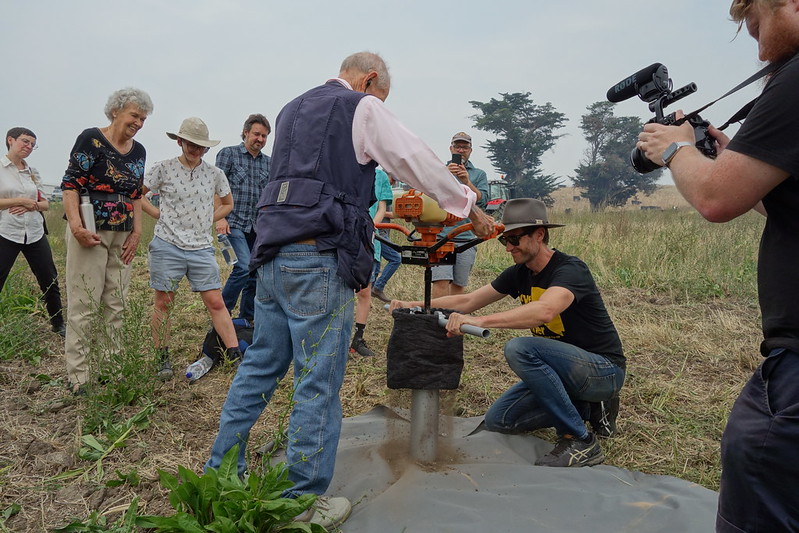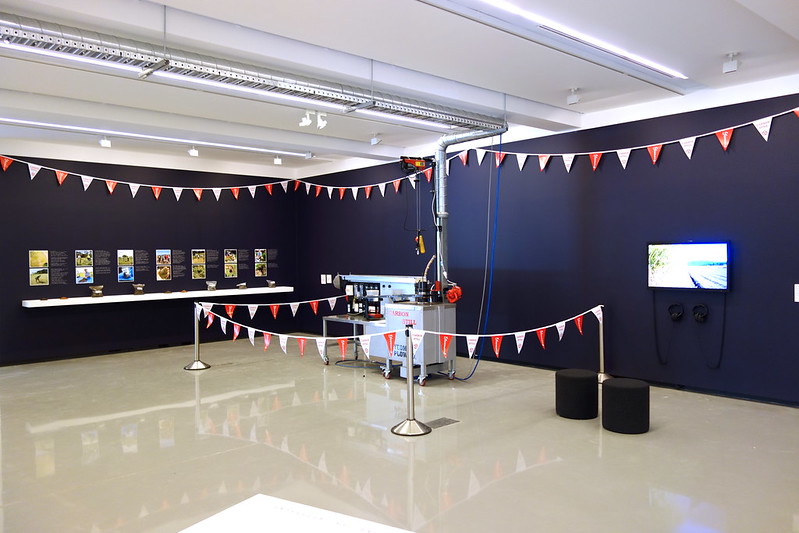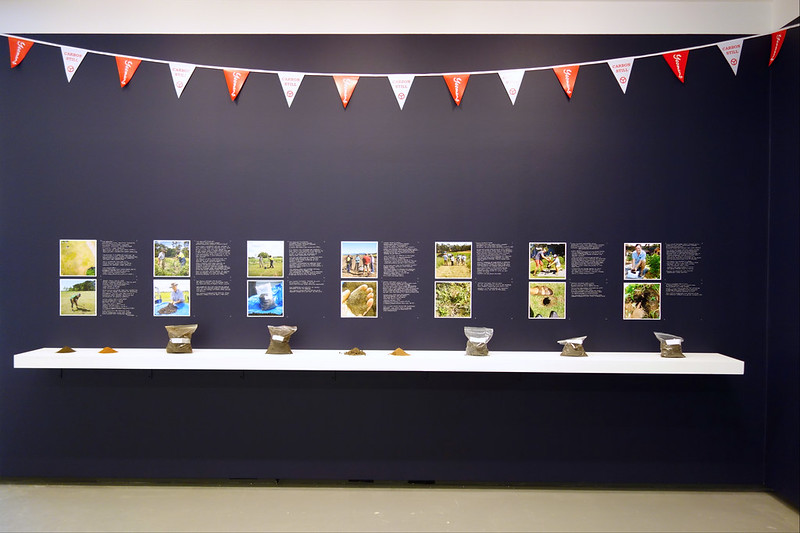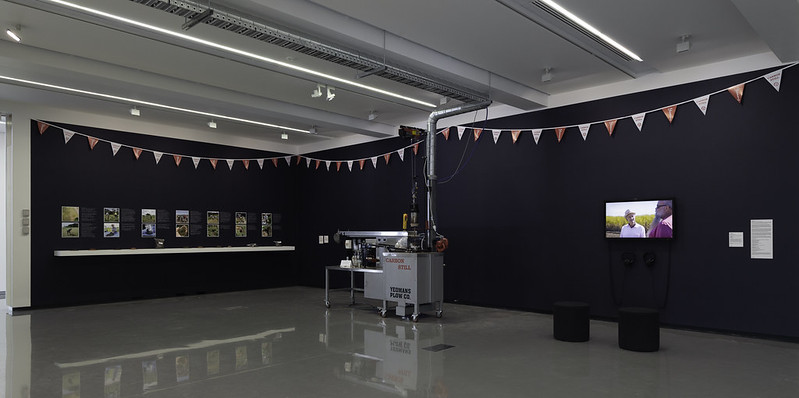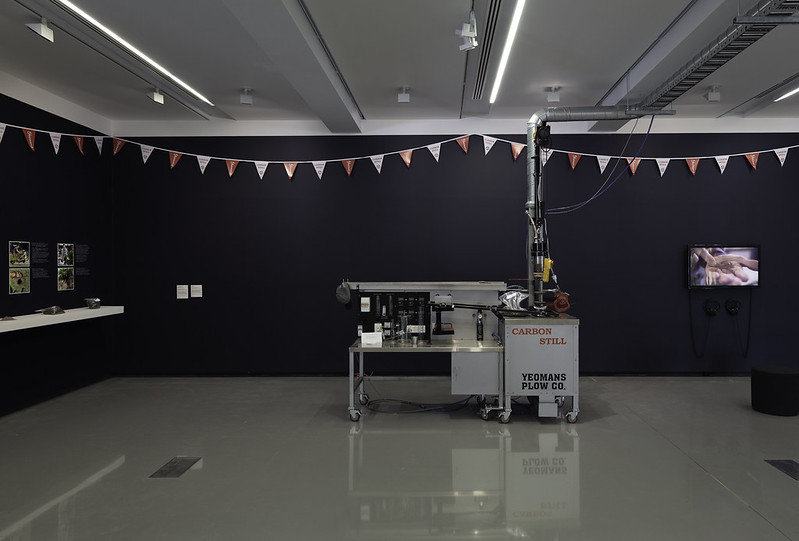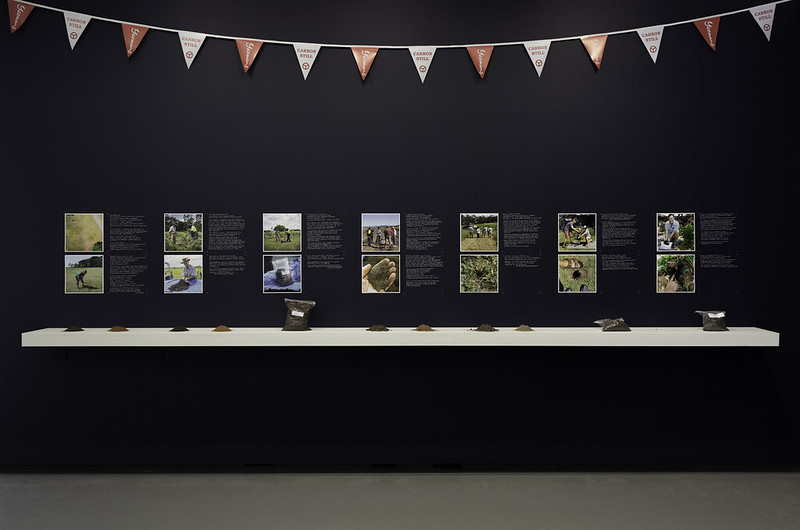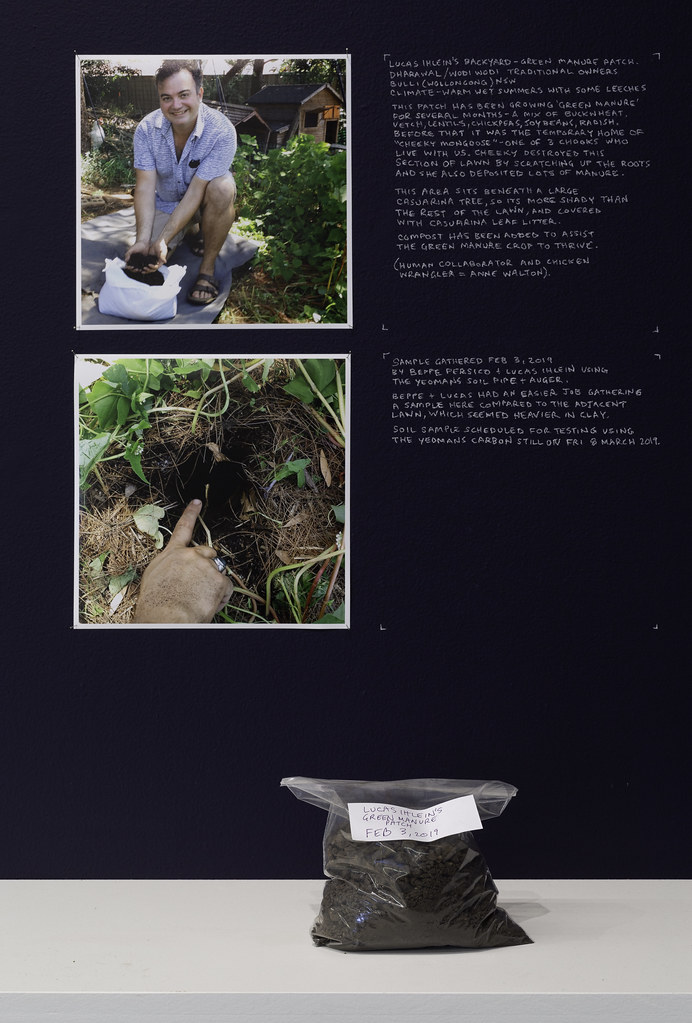The Yeomans Carbon Still has been instrumental for the collaborative research of an international team of environmental management and climate change researchers, resulting in an important scholarly publication.
Led by Professor of Ecology Augusto Zanella from University of Padua, the research project takes the small island of Albarella (near Venice) and asks what might be needed to rapidly minimise its carbon emissions. Transport, housing, food, waste management, and vegetation are all modelled to understand the maximum possible reduction. The research team asks: if carbon emissions could be radically reduced on Albarella, then could this be scaled up to transform the way we live on the entire planet?
This compelling project involved a team of more than 30 researchers from around the world, including Italy, France, Austria, China, Germany, and Australia. The Australian contribution came from Allan Yeomans and Dr Lucas Ihlein, whose art/science research project Baking Earth: Soil and the Carbon Economy brought the Yeomans Carbon Still to wider public attention during the high profile Shapes of Knowledge exhibition at Monash University Museum of Art in 2019.
Following the exhibition, in which a fully working model of the Yeomans Carbon Still was used to demonstrate Allan Yeomans’ system of soil carbon measurement, the University of Padua acquired two of the devices. These were used for baseline testing the soil on the island of Albarella. The resulting research paper, “Tackling climate change: The Albarella island example”, which has been published in the journal PLOS Climate, shows how carbon emissions for Albarella could be cut to a quarter of current levels within ten years, offering a “grain of hope” for global climate change.
Read a Media release by the University of Padova here.
Access the new research paper here.
Read another paper entitled “Land Use, Microorganisms, and Soil Organic Carbon: Putting the Pieces Together” published in the journal Diversity, from the same research team. This paper also uses the Yeomans Carbon Still for soil carbon measurement.




